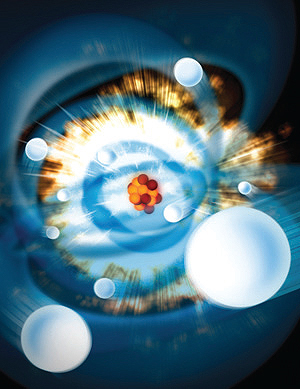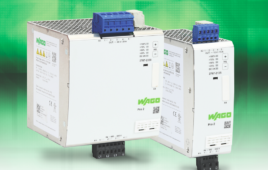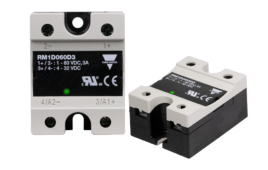A highly collimated electron beam travels through an undulator, where its motion is modified by a series of alternating magnets to create radiation saturation and the coherent alignment structure of the beam. The Undulator System on the Linac Coherent Light Source (LCLS) project was recently completed at Argonne National Laboratory (ANL) and supplied as an extension of the SLAC National Accelerator Laboratory in California.

The coherent alignment occurs in a two-mile section of the linear accelerator. Light to the instrument was achieved in August, 2009, and the project was completed for commercial use in the summer of 2010. This $415 million project was completed by ANL on time and under budget.
Overall, the undulator section measures 433 ft and runs in a 600 ft section of the tunnel at SLAC. Engineers and scientists are lining up at SLAC to apply it for the investigation of atoms on various mechanical structures, raw materials, pharmaceuticals, industrial chemicals, military ordnance, and hundreds of other products.
M-1 Tool Works of McHenry, Ill., supplied several machined metal components and assemblies used in the focusing operation on the light beams that create ultra-bright, ultra-short x-ray pulses from a high-energy electron beam. These x-ray pulses are a billion times brighter than the most powerful light source known and are used to capture images of molecules and detail their actions within an atomic structure. Engineers at the company had to produce 36 assemblies, each comprising a central assembly and close tolerance components. The materials used included tool steel, stainless steel, aluminum, and specially annealed oxygen-free copper.
Machining involved five-axis milling, drilling, wire and sinker EDM. The tight tolerances, all in the range of 0.0005 in. or less, were validated in the M-1 quality department, using CMM and other metrology devices. CAD files were supplied by the designers at ANL. This machining operation required precise matching and line-up of milled, wire EDM and sinker EDM features.
The entire work product at M-1 was produced in three months. ANL scientists noted the entire system was aligned and successfully fired on just the second effort, thanks to the high quality of these machined parts.
M-1 Tool Works
www.m1toolworks.com
::Design World::
Filed Under: AUTOMATION, Machine tools + subtractive manufacturing, MECHANICAL POWER TRANSMISSION, ELECTRONICS • ELECTRICAL





Tell Us What You Think!